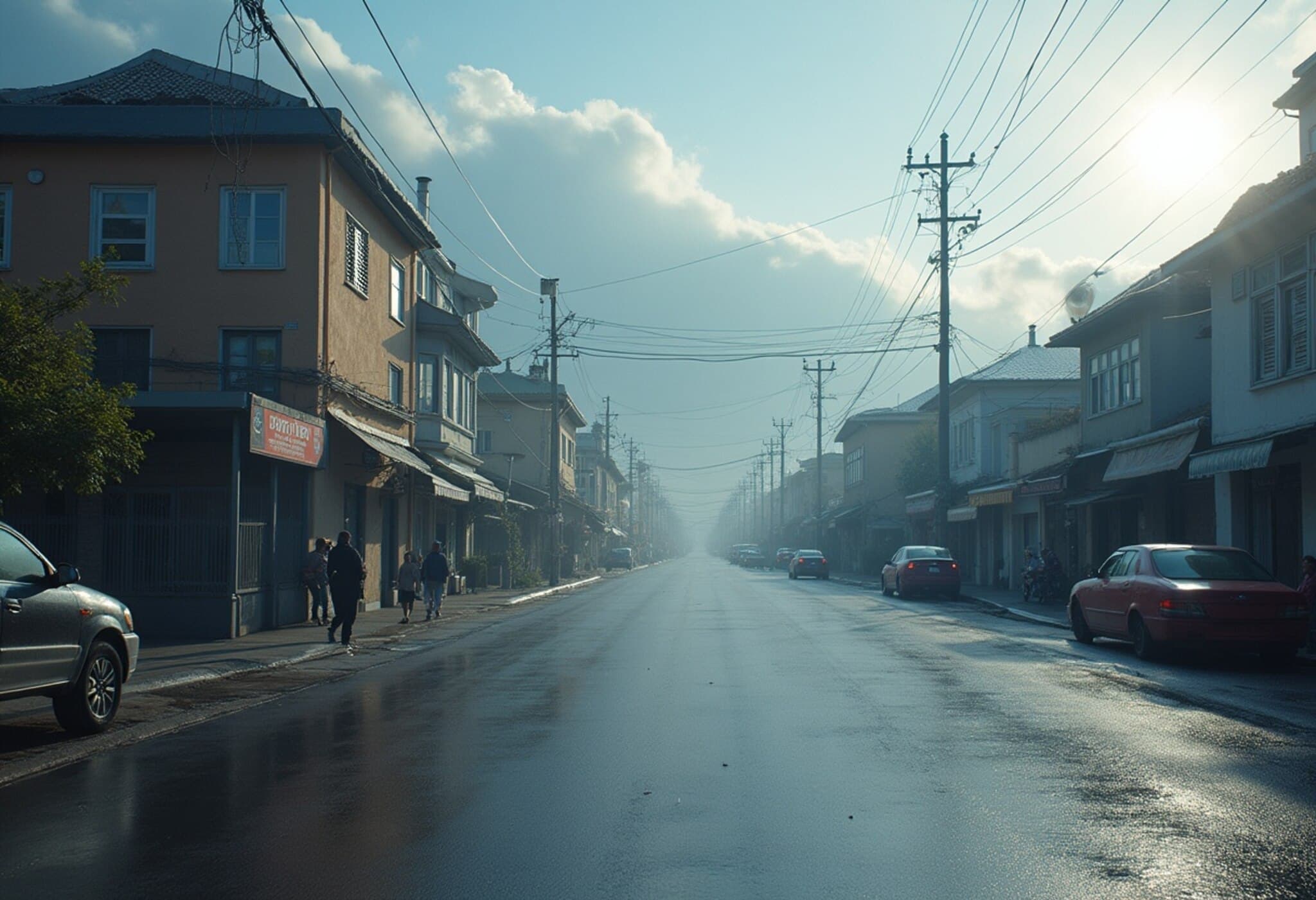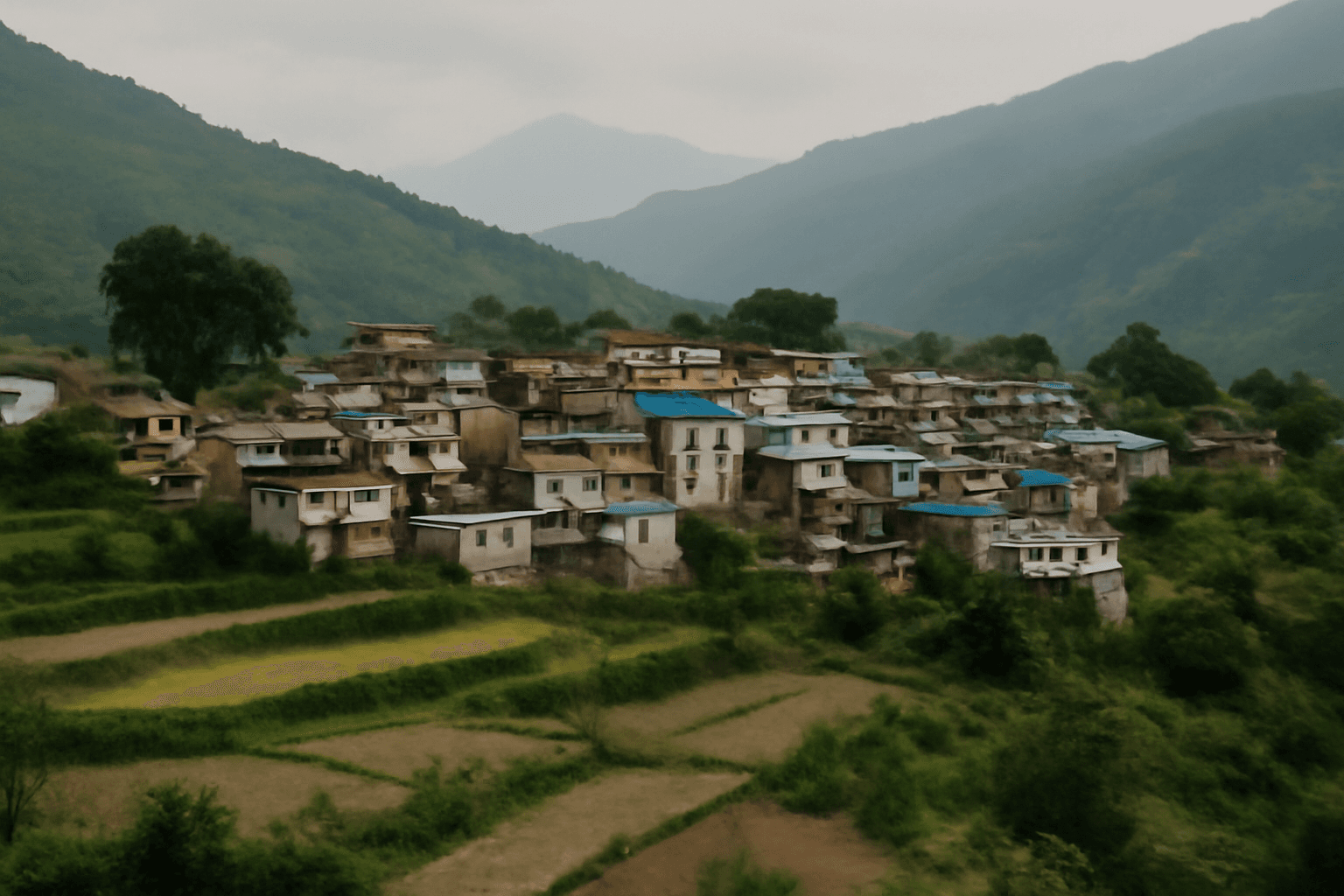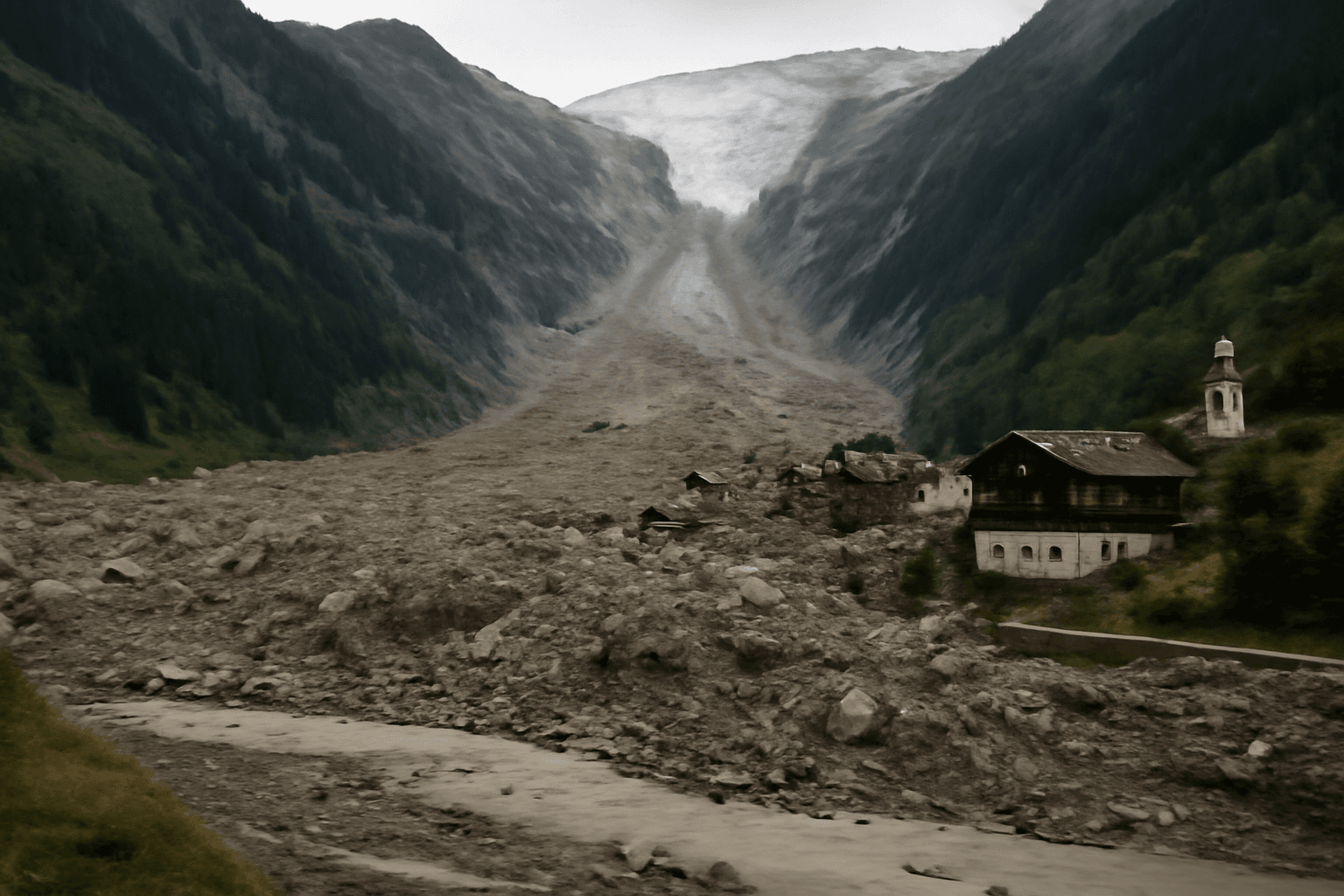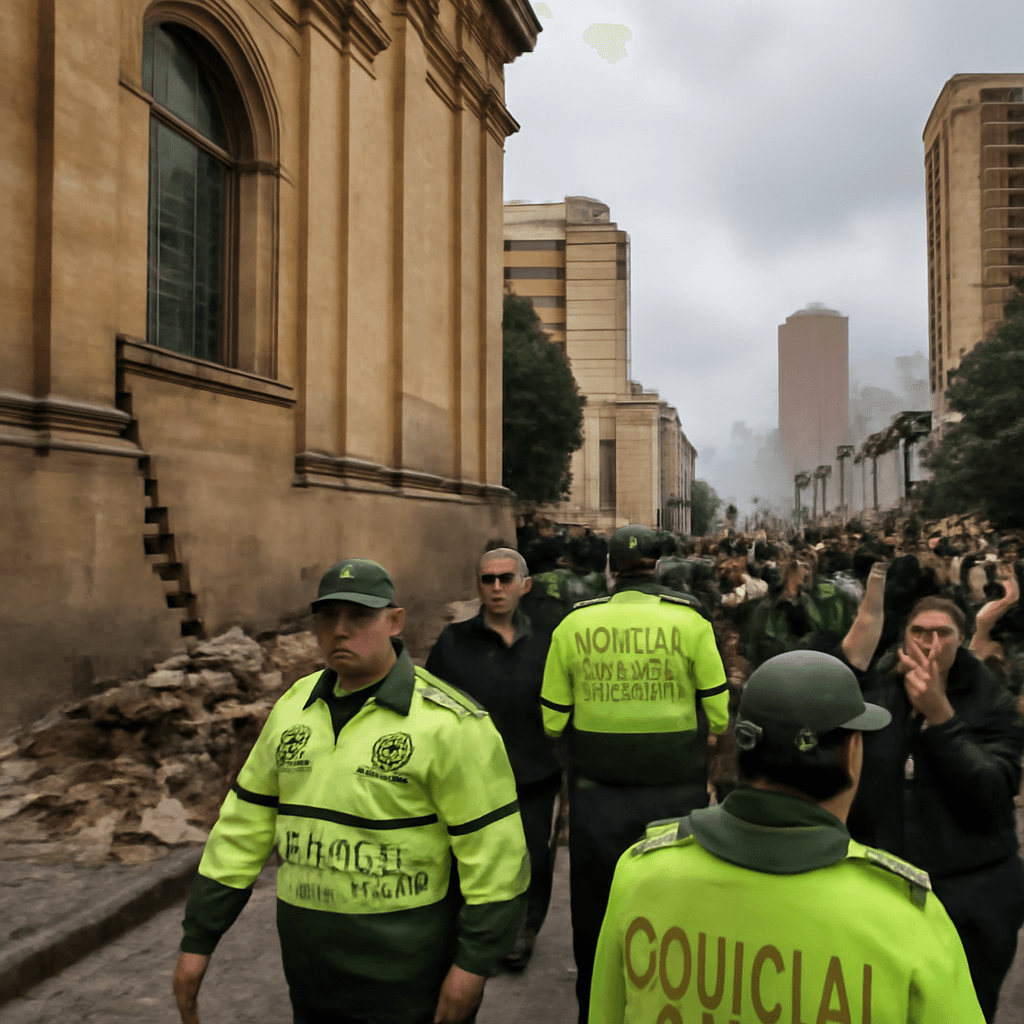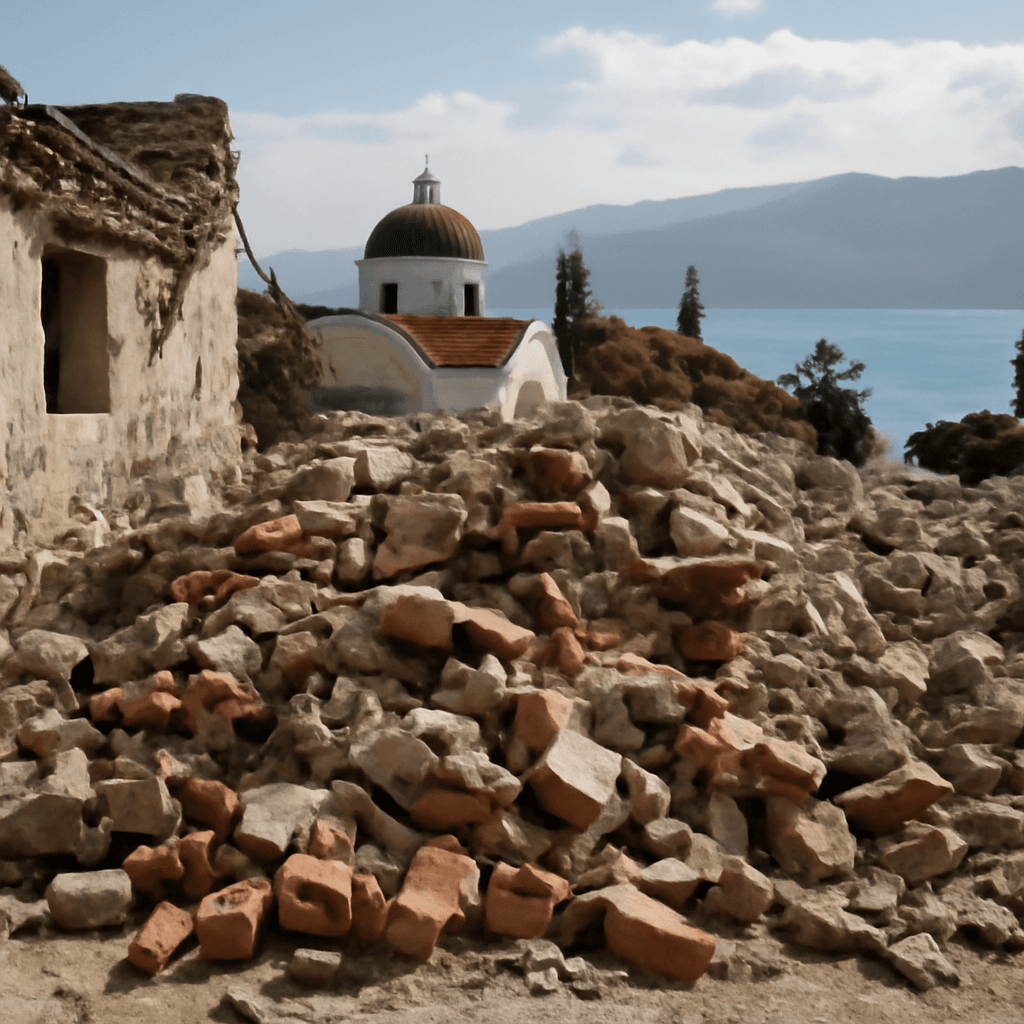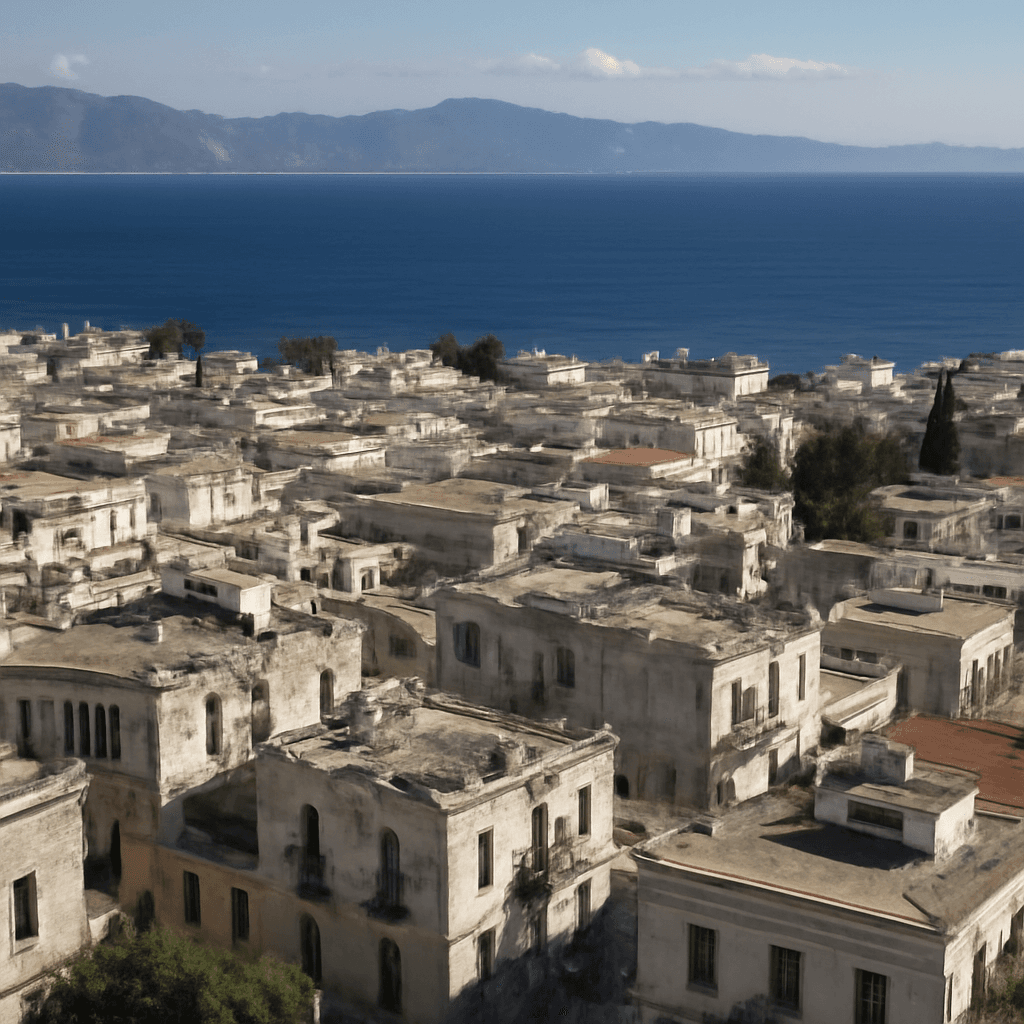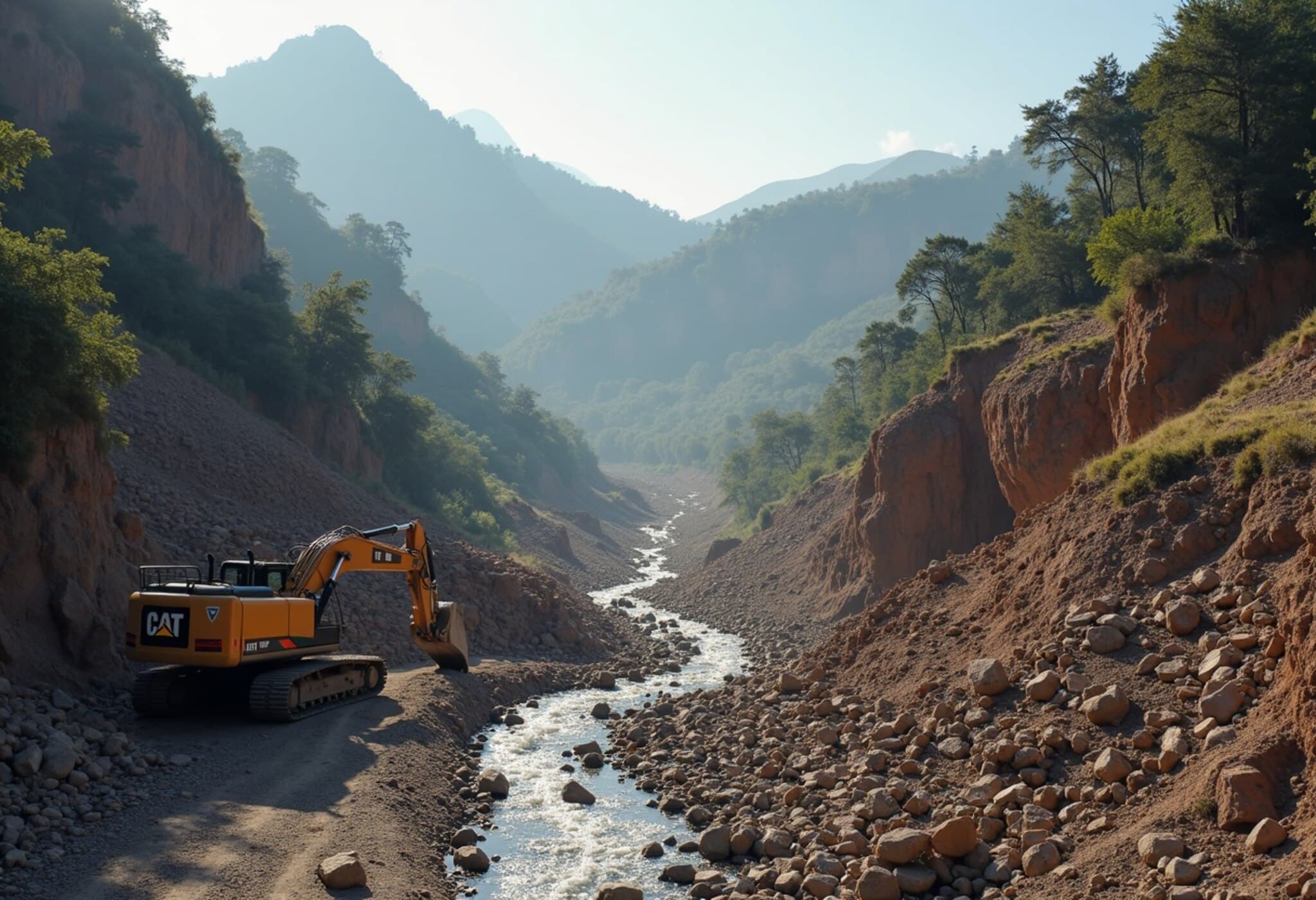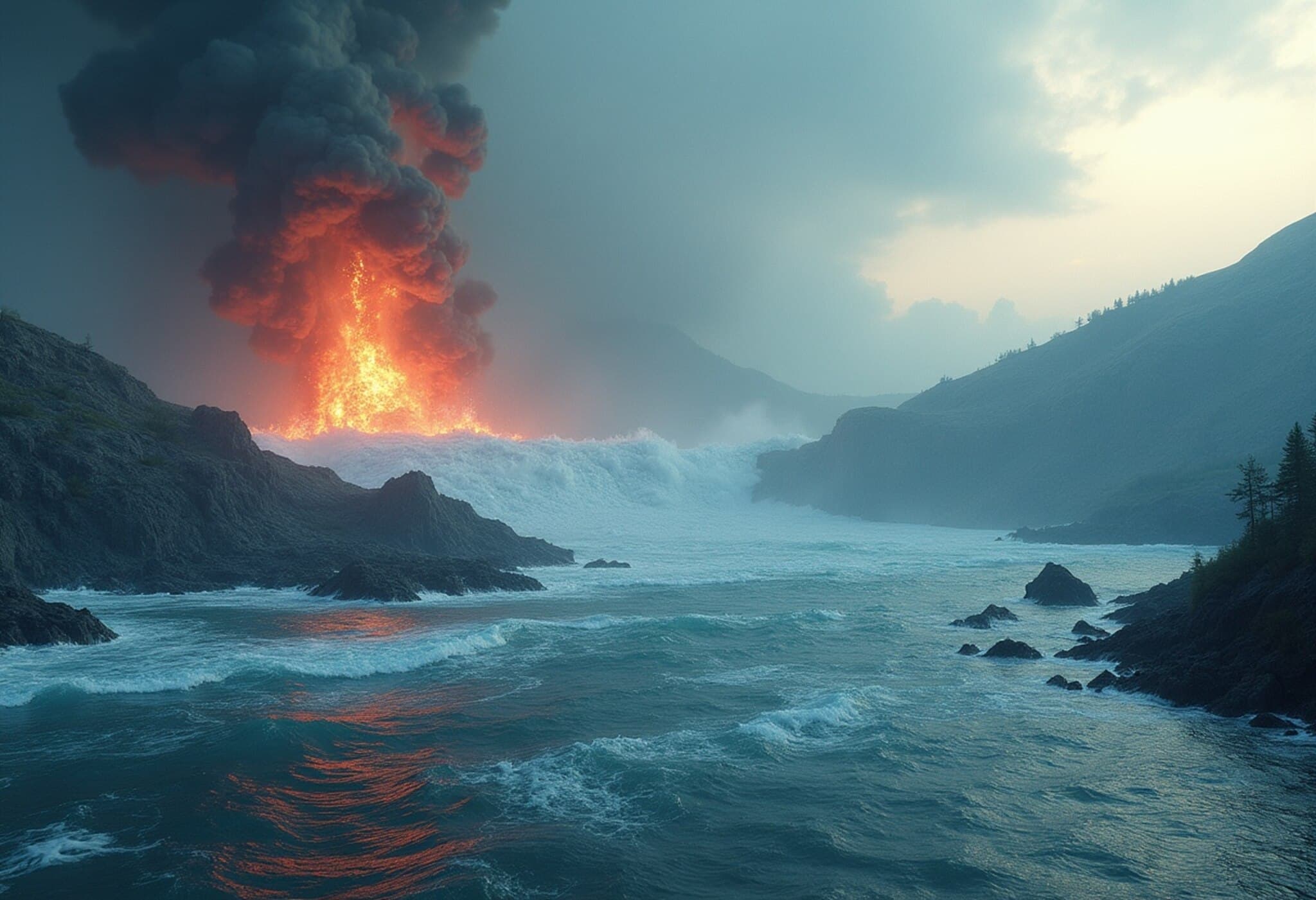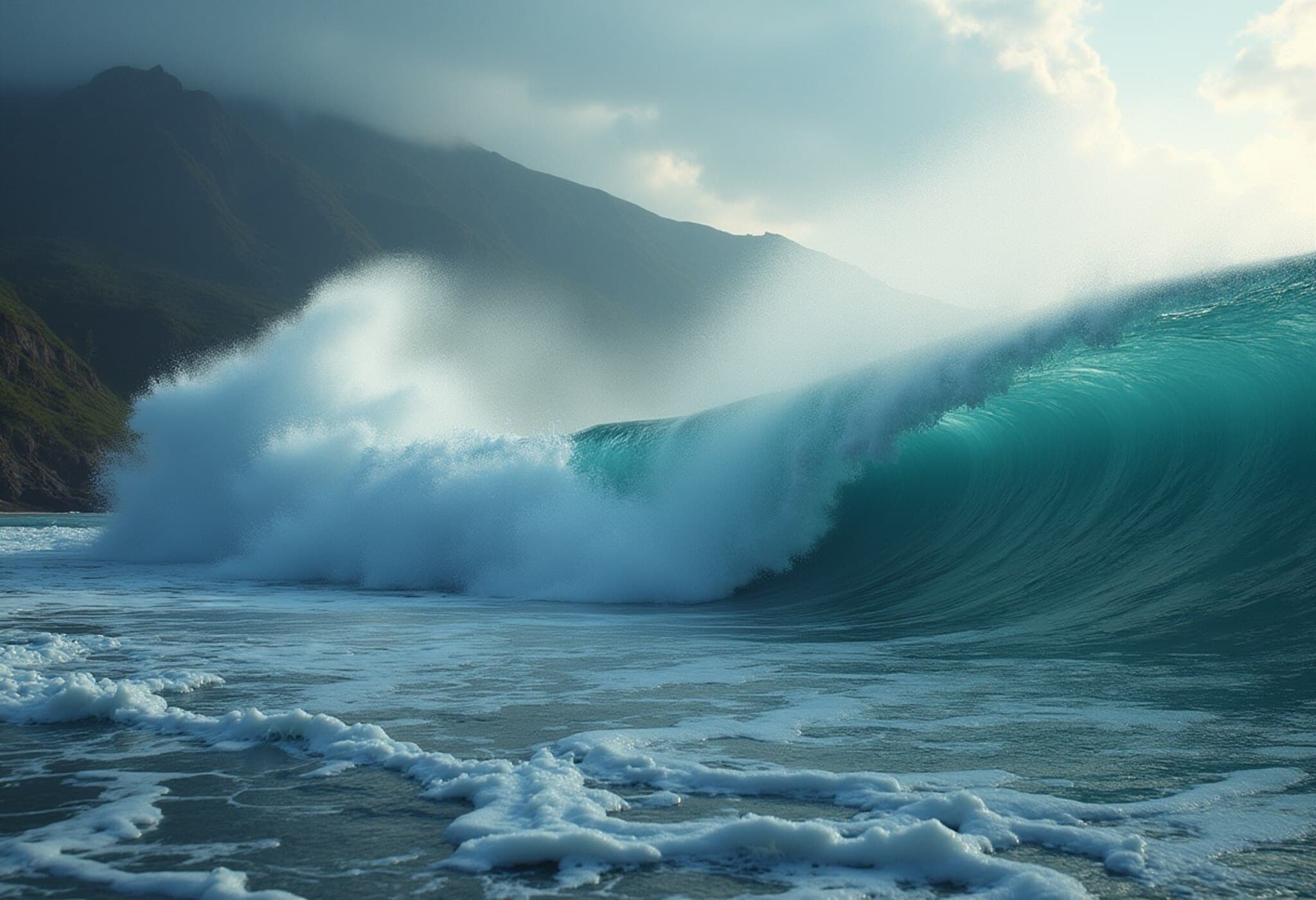Massive Earthquake Near Russia Triggers Pacific-Wide Tsunami Warning
On July 29, 2025, a powerful 8.8-magnitude earthquake struck off Russia’s Kamchatka Peninsula, sending shockwaves across the Pacific and triggering tsunami warnings for Hawaii and the US West Coast. As waves up to 10 feet in height threatened coastal areas, residents and tourists scrambled to evacuate vulnerable regions, plunging Honolulu into severe traffic congestion.
Hawaii’s Urgent Evacuation Efforts Amidst Traffic Chaos
Governor Josh Green addressed the public with a somber reminder of the tsunami’s scale: "This tsunami will not just hit one beach; it will wrap around the islands." Following these warnings, low-lying coastal communities moved swiftly to higher ground. However, the evacuation was far from smooth; emergency lines were overwhelmed with calls, and Honolulu experienced gridlock as thousands tried to flee simultaneously.
Authorities urged citizens to conserve 911 resources for life-threatening emergencies only, emphasizing the need for calm and cooperation during the crisis.
Flight Diversions and Maritime Restrictions Compound Disruptions
The chaotic response extended to the skies and seas. Several flights bound for Hawaii were diverted mid-flight. Notably, Delta Air Lines Flight 311, en route to Kailua-Kona, was forced to turn back to Los Angeles International Airport after nearly four hours airborne without landing. The Honolulu Department of Emergency Management also advised avoidance of evacuation zones via official social media channels.
Meanwhile, the US Coast Guard Oceania branch mandated the evacuation of all commercial vessels from Hawaiian harbors, closing ports to incoming traffic until the warning subsides. Such preventive measures aim to protect both human life and maritime infrastructure.
Wider Pacific and US West Coast on High Alert
The tsunami threat was not isolated to Hawaii. Alaska’s coastal regions, spanning from Samalga Pass to Attu in the Aleutian Islands, were also put under observation. Additionally, a tsunami watch extended along the US Pacific Coast, including California, Oregon, and Washington State. Japan was identified as another potentially impacted area due to the trans-Pacific wave propagation.
Presidential Message Urges Public Vigilance
Former US President Donald Trump took to social media to emphasize the seriousness of the situation: “A tsunami warning is in effect for Hawaii and a watch for the US Pacific Coast and Alaska. STAY STRONG AND STAY SAFE!” This high-profile message underscored the need for continued awareness and readiness amidst the unfolding natural disaster.
Expert Analysis: Navigating the Complexities of Pacific Tsunami Preparedness
While Hawaii’s tsunami warning system demonstrated effective rapid alerting, the resulting traffic congestion highlights challenges in evacuation logistics, especially in densely populated urban centers like Honolulu. Emergency planners face a delicate balance between timely evacuations and managing infrastructure limitations.
Furthermore, the diversion of commercial flights underscores the ripple effect such natural events impose on the national transportation network, impacting tourism-dependent economies in Hawaii and beyond. The closure of harbors similarly disrupts commerce and supply chains, emphasizing the interconnected vulnerabilities of coastal communities.
Underreported Perspectives: Mental Health and Vulnerable Populations
Beyond immediate physical safety, tsunami emergencies place psychological strain on residents and visitors alike. The uncertainty, disruption, and forced displacement can exacerbate anxiety and stress, particularly among seniors, people with disabilities, and non-English speakers. Local authorities and NGOs face the challenge of delivering inclusive, trauma-informed support during and after evacuations—a critical factor often overshadowed in breaking news coverage.
Lessons for Future Preparedness
- Enhancing Evacuation Infrastructure: Investment in traffic management systems, including real-time routing and public transit augmentation during emergencies, can reduce gridlock.
- Community Education: Strengthening tsunami literacy through drills and multilingual communication improves residents’ response.
- Technology Integration: Leveraging AI-driven emergency notifications and crowd-sourced data helps authorities fine-tune evacuations.
- Support for Vulnerable Groups: Tailored emergency protocols ensure equitable assistance for all community members.
Looking Ahead
With climate change increasing the frequency of extreme weather and geological events, coastal regions worldwide must prioritize resilience planning. Hawaii’s recent tsunami scare serves as a powerful reminder of nature’s unpredictability and the critical importance of robust emergency systems.

